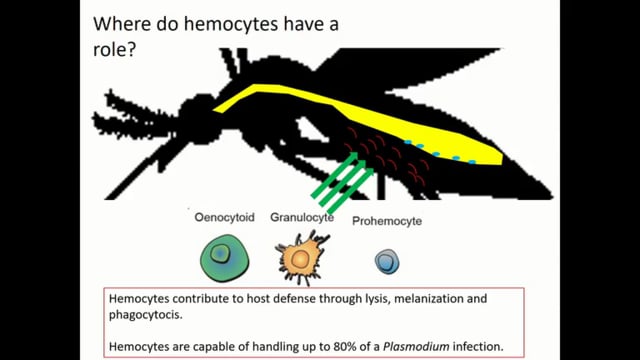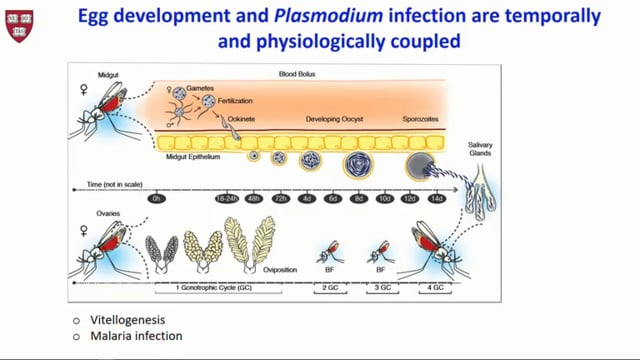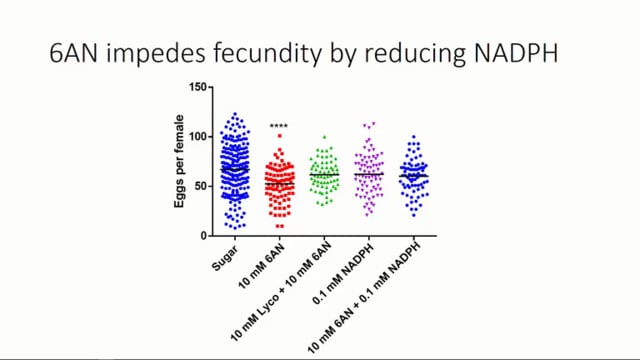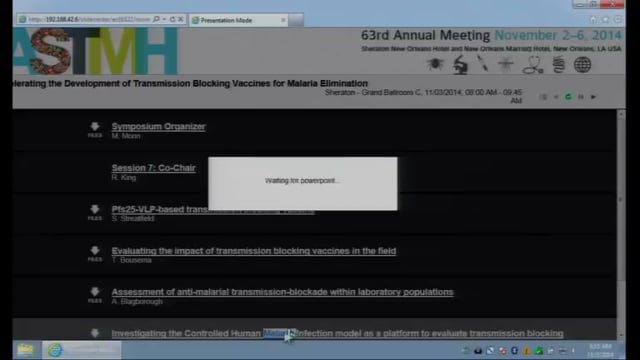ASTMH 2016, Frank Criscione: “Hemocyte-specific manipulation of the IMD pathway affects Plasmodium infection in Anopheles stephensi”
Collaborator(s): University of Maryland, Baltimore (UMB), United States
Published: 01/11/2016
In collaboration with ASTMH, Image Audiovisuals, and session presenters, MESA brings you this webcast from the 65th ASTMH annual meeting in Atlanta, November 2016
Title: “Hemocyte-specific manipulation of the IMD pathway affects Plasmodium infection in Anopheles stephensi”
Speaker: Frank Criscione, University of Maryland
Session information:
Scientific Session 144: “Mosquitoes: Molecular Genetics and Genomics”(link is external)
Wednesday, 16 November, 1:45 – 3:30, Marriott – Room A602
Abstract:
Using a newly developed hemocyte specific Gal4/UAS-based expression system in Anopheles stephensi we have begun to investigate the role of the IMD pathway in the hemocyte’s ability to respond to a Plasmodium infection. The IMD pathway has been shown to contribute to the mosquito’s ability to fight a Plasmodium infection through studies using RNAi as a method to perturb post-transcriptional gene expression in the IMD pathway. However, due to the pleotropic effects of dsRNA injections it becomes difficult to ascertain the individual contributions of various tissues to the immune response against a Plasmodium infection beyond the midgut stage of parasite development. Using the Gal4/UAS system we are able to disrupt the IMD pathway specifically in hemocytes, the cellular component of the mosquito’s innate immune system, and analyze the mosquito’s response to a parasite challenge. We have found that manipulation of the IMD pathway by knocking down or over expressing Caspar leads to altered levels of infection in both midguts and salivary glands in comparison to controls. This suggests the IMD pathway plays an important role in the hemocyte’s ability to defend against infection during multiple stages of Plasmodium infection, independent of a normal IMD pathway in all other tissues. This approach allows for questions to be answered concerning the parasite-vector interaction during the post-midgut stage of parasites development; a pivotal point in defense against salivary gland invasion by sporozoites.
THEMES: Basic Science | Vector Control



